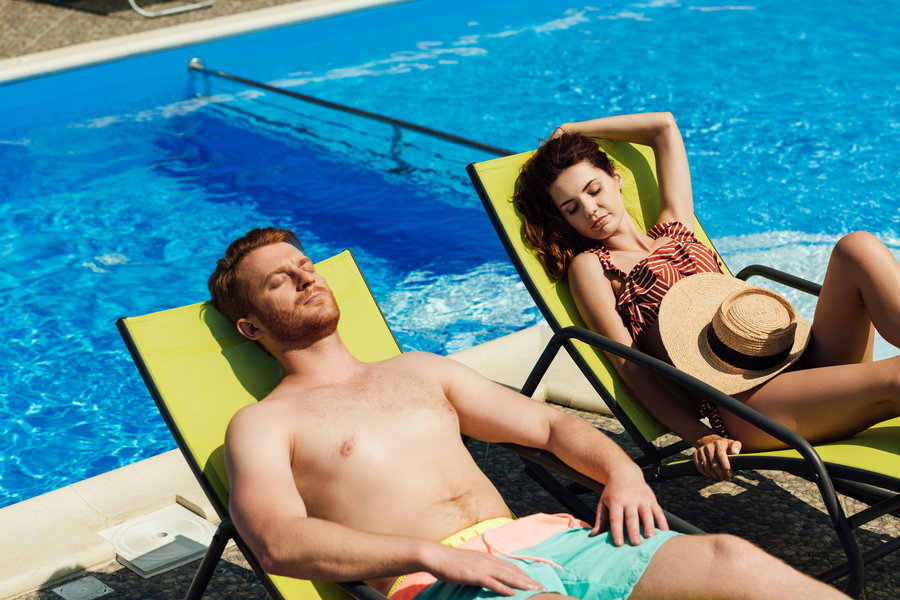
For a lot of people, there’s something undeniably appealing about having a sun-kissed glow. It can make us feel healthier, happier, and even more attractive. However, the pursuit of that bronzed complexion comes at a cost. Despite the aesthetic appeal, the reality is that tanning – whether under the sun or in a tanning bed – is a significant risk to your health.
A Dangerous Glow
To understand why tanning is harmful, it’s essential to know what’s happening to your skin when it changes color. The brown pigment you see is the result of melanin production. Melanin is produced by cells in the skin called melanocytes in response to UV radiation from the sun or artificial sources like tanning beds. This process is actually your body’s defense mechanism against harmful UV rays. The increase in melanin is the skin’s way of protecting itself from further damage.
Skin Damage and Premature Aging
Repeated tanning can cause various types of skin damage. One of the most visible consequences of suntanning is premature aging. Over time, the UV radiation from tanning can lead to wrinkles, age spots, and a leathery texture to the skin, a phenomenon commonly referred to as photoaging. Not only do these changes make you look older, but they also reveal the cumulative damage that your skin cells have undergone.
Increased Risk of Skin Cancer
Perhaps the most serious risk associated with tanning is the increased likelihood of developing skin cancer, including melanoma, the deadliest form. According to the American Academy of Dermatology, individuals who have been exposed to UV radiation from the sun or tanning beds have a significantly higher risk of skin cancer. They report that people who first use a tanning bed before age 35 increase their risk for melanoma by 75%.
Weakened Immune System
UV radiation can also have detrimental effects on the immune system. It can suppress the skin’s immune functions, reducing its ability to protect against infections and diseases. This not only increases the likelihood of skin cancer but can make you more susceptible to other health problems.
A Better Way to Glow
There are safer alternatives if you’re after that sun-kissed look. Bronzers and self-tanners can provide the same aesthetic benefits without the harmful side effects. But remember, some of these products don’t contain sunscreen, so you still need to protect your skin from the sun’s harmful UV rays when going outdoors.
So the next time you’re tempted to lie out in the sun or head to the tanning salon for that coveted summer glow, remember that the risks far outweigh the benefits. Protecting your skin from harmful UV radiation is one of the best ways to maintain its health and longevity. Use broad-spectrum sunscreen, seek shade, and wear protective clothing. Your skin will thank you in the long run.

Leave A Comment